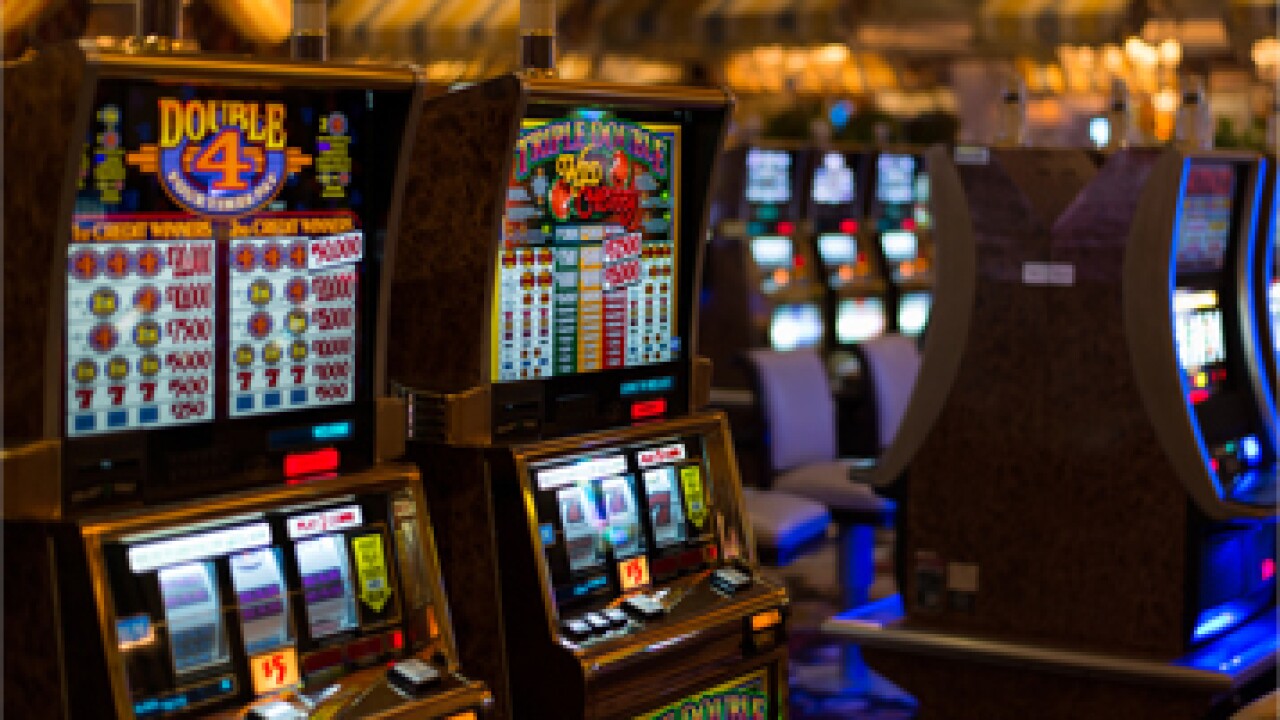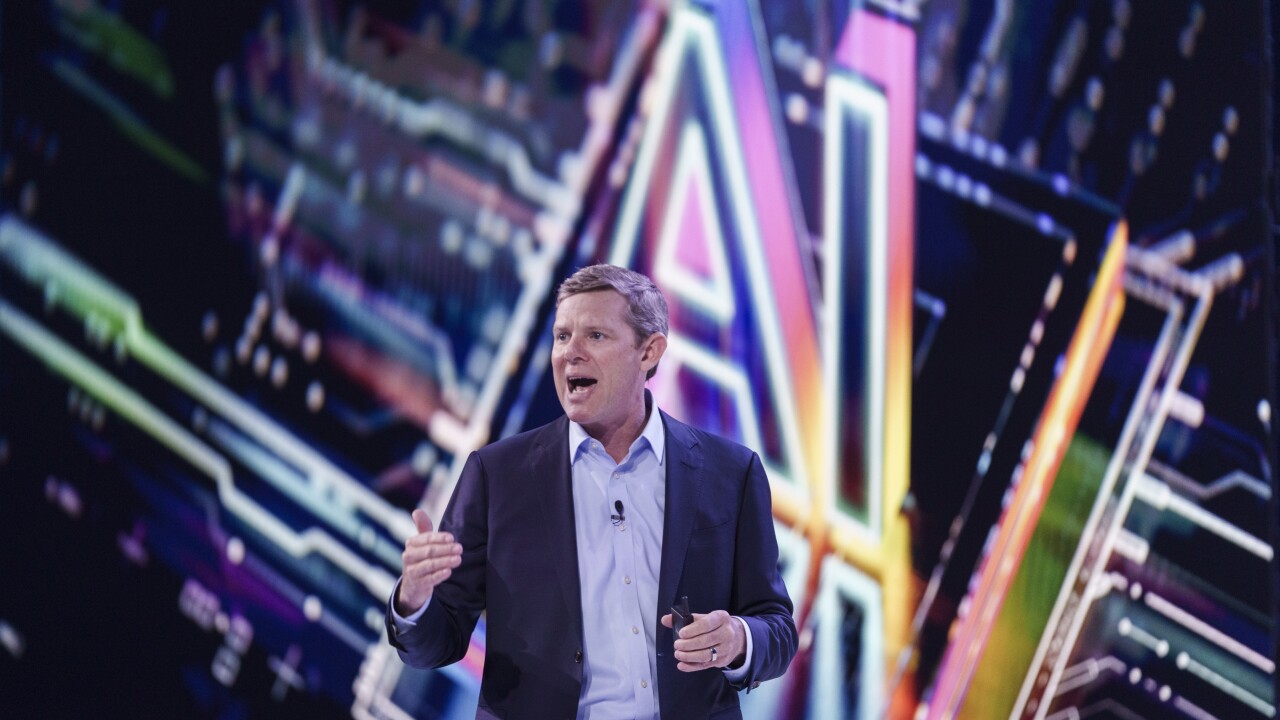While technology is diminishing cash usage in many sectors, Mastercard is working on using mobile to get cash into more consumers’ hands.
Mastercard's Cardless ATM service, developed with Diebold Nixdorf, resembles the technology many banks have adopted in the last few years — but Mastercard's offering sheds the limitation of being tied to a specific bank's ATMs.
“The flaw with the existing cardless ATM technology banks have is there's no interoperability with other banks like there is for physical ATM cards—each bank's own cardless ATM integration is like an island,” said Dan Goodman, Mastercard’s senior vice president of product management for ATM products.

To get cash from other banks’ ATMs without using a card requires software connectivity that Mastercard is providing in conjunction with a middleware link to Diebold, the maker of about a third of all ATMs in use globally, according to Goodman.
Mastercard and Diebold are preparing to trial the interoperable cardless ATM service with some unnamed banks this year with integrations via APIs, he said.
Though consumer usage of cardless ATMs is still relatively low, Mastercard predicts demand will gradually emerge with the growing security concerns around travel to foreign countries and greater appeal with younger consumers conditioned to using mobile technology.
“If you’re traveling and you need cash—and you’re worried about using your ATM card’s PIN at an insecure location or you’re unable to translate ATM commands presented in a foreign language—using a cardless ATM makes a lot more sense,” Goodman said.
Banks can determine which accounts consumers may use to fund ATM withdrawals and price the service accordingly for their customers and with ATM networks, Goodman said. The banks would make the service available through their own mobile apps.
Diebold is also working with Mastercard on the impending rollout of a related new service called Mastercard Cash Pick-Up, which Mastercard announced last fall.
Cash Pick-Up enables consumers—even those with no bank account—to receive funds from the nearest ATM by entering an order number and a one-time-use code on the ATM's keypad. The number and codes are sent to the cash recipient via a phone call or text to access cash via a single-use virtual card, Goodman said.
Mastercard envisions a variety of use cases for the service including emergencies, government benefits and remittances, according to Goodman. Participating banks would set the fees that senders pay.
Government agencies could also use Cash Pick-Up to deliver cash benefits or the solution could be a new channel for remittance distribution, bypassing the need for recipients to visit a bank or payment counter.
“In cases where a consumer has lost their wallet, cards and their smartphone, they could get cash immediately with Cash Pick-Up,” Goodman said.
Cross River Bank will go live with Cash Pick-Up this summer at branches in New York and New Jersey, Goodman said. Diebold provides the ATM connection elsewhere, but Payment Alliance International is the ATM partner in Cross River's trial, he added.
It may take years to build out a critical mass of banks using Cash Pick-Up or interoperable cardless ATMs, because banks must sign up for both services individually, but Goodman said the pace will probably match demand.
“Our research shows a growing segment of the consumer population wants to do everything digitally — including getting cash — and because Mastercard is connected to most of the 3 million ATMs in use around the world, we can leverage connectivity that already exists for these new services,” he said.





